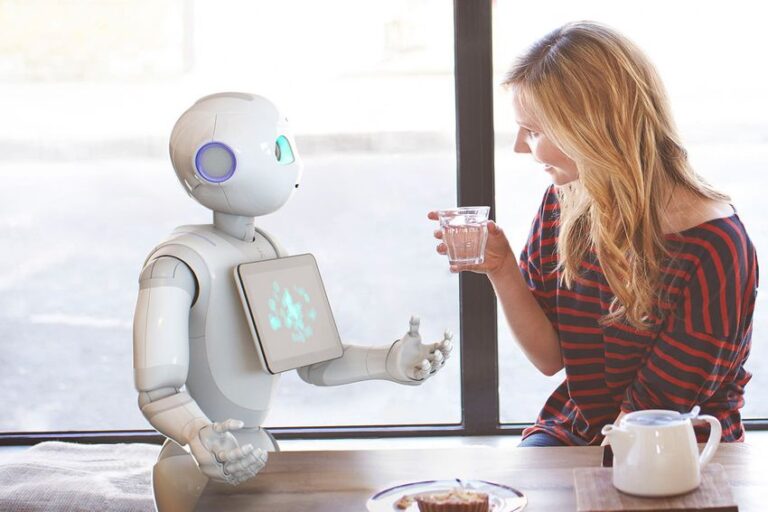The speculation about whether domestic robots will eventually relieve us from household drudgery is slowly becoming a reality. As more developers unleash robotic inventions performing numerous household tasks, we might finally rest from the tasking household chores altogether.
Annual tournaments like Robocup@Home are evidence of just how much robots have been equipped to perform domestic tasks. While most tasks seem mundane, the technology required to program the robots to perform the chores reveals the tasks are not as simple.
Admittedly, consumers have become more accepting of the technology given their busy lives. A survey performed in the UK Showed that consumers believe that robots will become part of their households in the next 5-10 years.
The International Federation of Robotics estimates that domestic robots will contribute $11 billion in revenue by the end of 2020. It only echoes consumers’ surging demand for home robots. The increasing demand is not just for the best Roomba models for vacuuming your home carpets.
“Researchers are now looking to develop Social and Emotional Robots through the Adoption of Artificial Intelligence Technology.”
Attaining this feat will be a significant breakthrough in the domestic robotics industry. So, could this be the future of robotics in the domestic field? Find out.
Human-like Domestic Robots
The race to create more useful robots in hardware R&D facilities dates back to 2006. This is because experts are confident that it is only by equipping machines around us with a sense of emotion and practical communication skills that they can dramatically improve the outcomes of their interactions with other humans.
The invention of AI technology has equipped computers to think like humans. The technology has since been pivotal in the advancement of robotics, particularly in domestic applications. Also, breakthroughs in deep learning and neural networks have made it possible to create robots with emotional and cognitive intelligence.
As such, developers are now confident about creating domestic robots that can hear, see, and understand the world around them. Consumers will now purchase robots that not only help with house chores but devices that can connect and communicate with them on an emotional level.
Consumers understand this capability all too well. A research conducted in the UK to find out what consumers looked for when buying robots revealed that most of them were looking for something higher than utility:
- 16% of the respondents confessed to looking for companionship
- 11% wanted a device that could listen to their problems
- 12% looked for that robots could give the company of their pets while they were away
Feasibility of Human-like Robots
The statistics show much receptiveness of human-like domestic robots. However, researchers should not be oblivious of the unique home settings the devices will be used. Households have different routines and interactions. As such, the standardization of domestic robots would be challenging. Developers would have to study a home’s unique setting to customize the machine to that household.
Also, there is the issue of autonomy. While robots have been designed to operate alone, they still need help from motors and sensors to complete the desired task successfully.
“The cost of equipping domestic robots with the required sensors and motors remains prohibitively high, making mass production of the machines nearly impossible.”
Consumers are also concerned about the privacy of their homes. With domestic robots equipped to interact with kids and determine the size of dwellings using house-mapping capabilities, there is a need for new regulations.
Conclusion
The future of domestic robotics remains optimistic. The integration of AI technologies has made it easy for companies to develop devices that provide practical solutions as well as emotional and social connections. However, rules and regulations need to be established to curb emerging hypothetical risks.










